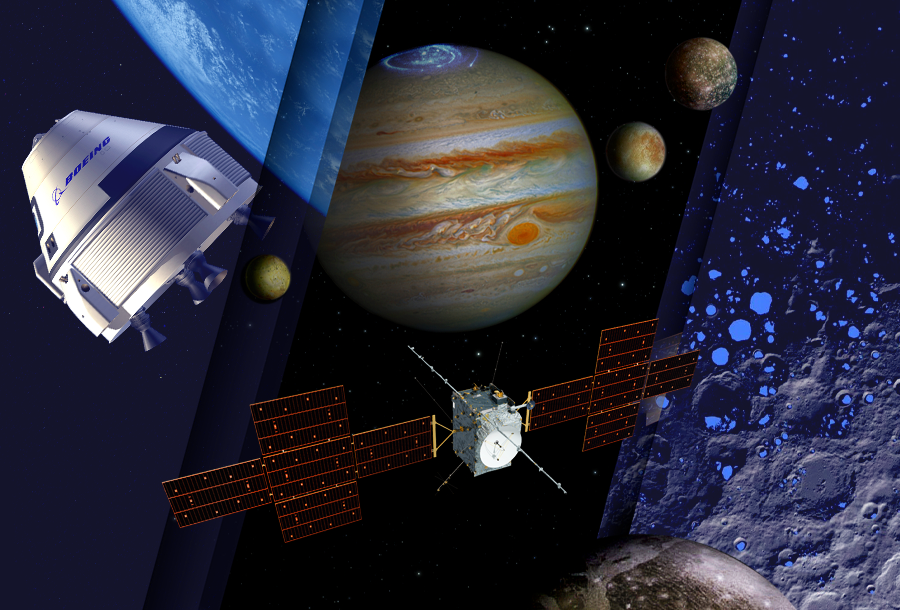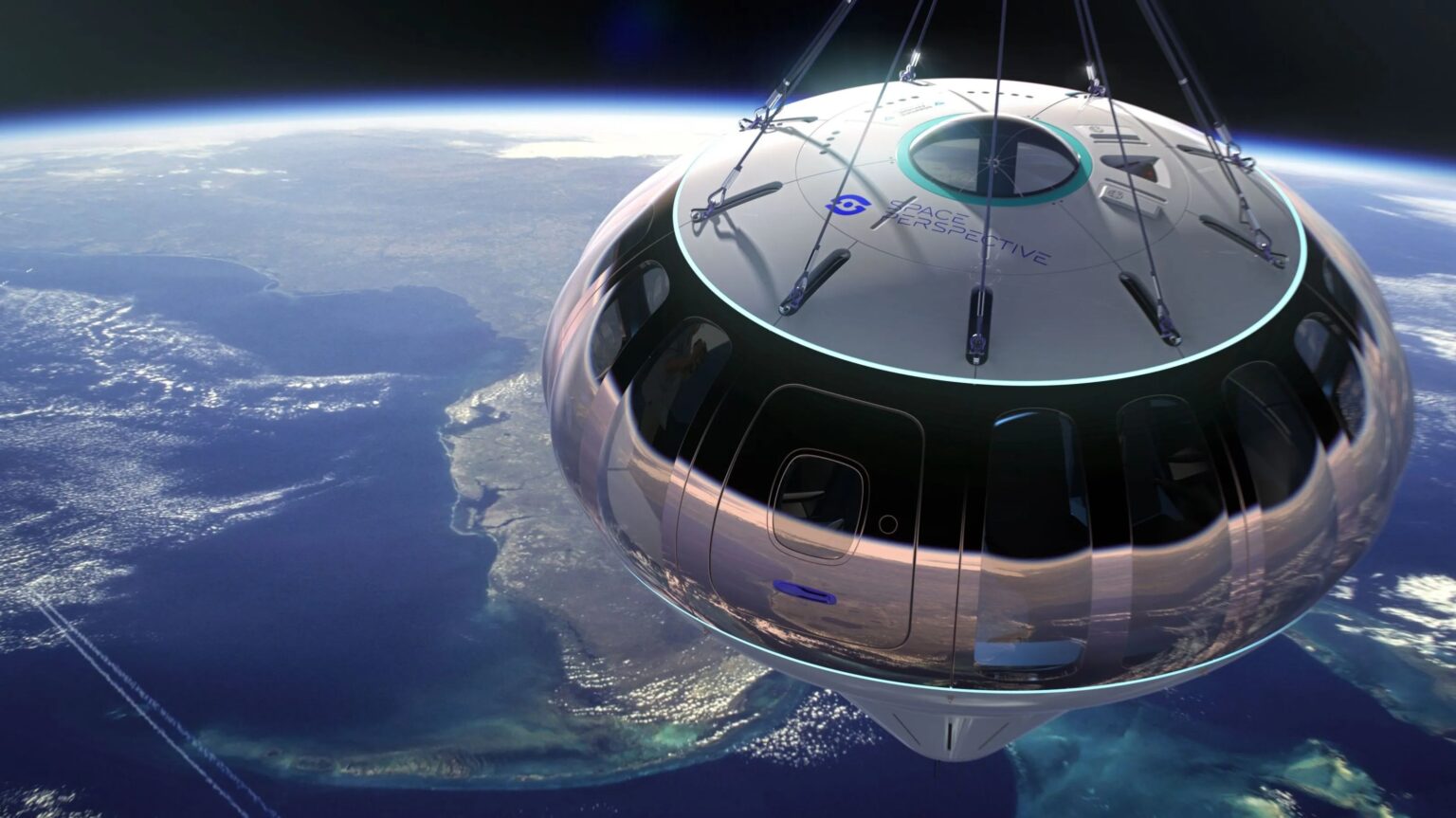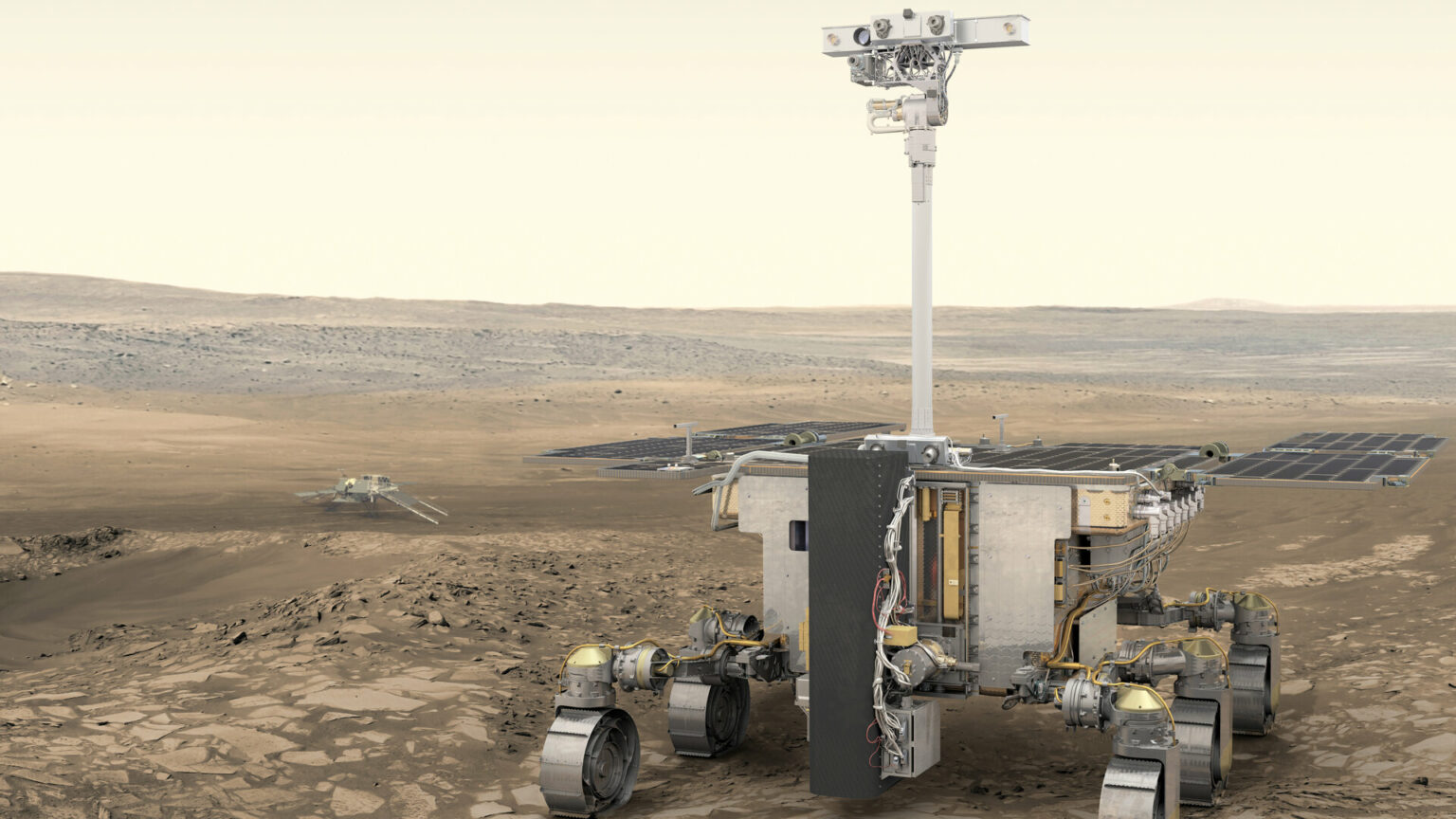Selection of space news for breakfast: Elon Musk is ahead of Boeing in the space business, and because of Russia’s war against Ukraine, the ExoMars mission may never start. On the moon, astronauts will one day be able to drink water from ancient volcanoes.

U.S. Space Force to step up protection of satellite ground systems in the wake of Russia’s cyber attacks
Lt. Gen. Saltzman said one lesson from the cyber attacks in Ukraine is that the main targets are not the satellites but the ground systems. Almost three months into the war in Ukraine, it’s still too early to draw conclusions about Russia’s capabilities to disrupt satellite-based communications but one clear takeaway is the importance of protecting the ground systems and network user equipment that provide many entry points for cyber attackers, a senior U.S. Space Force official said.
Boeing’s Starliner encounters propulsion problems on way to ISS
American aerospace giant Boeing’s Starliner capsule was heading for the International Space Station Thursday. The critical test flight takes place without the participation of the crew. The spacecraft encountered some propulsion troubles early in its journey, with two thrusters responsible for orbital maneuvering failing for unclear reasons—but NASA officials said the mission remained on track.
Juice spacecraft fully integrated and ready for next testing
“ESA’s Juice mission has entered its final phase of development, with the spacecraft moving to an Airbus Defence & Space facility in Toulouse, France, for the next round of testing. The spacecraft has been fully integrated, and these tests will be done in full flight configuration, as Juice is scheduled for launch from Europe’s Spaceport in Kourou, French Guiana, in April 2023. The Juice mission is a perfect example of collaboration between several national space agencies and European industry. Its objective is to explore the gas giant Jupiter, its environment, and three of its moons: Europa, Callisto and Ganymede. By studying this planetary system, ESA hopes to learn more about the icy worlds around Jupiter and the origins and possibility of life in our Universe.
Market News

Space Perspective raises $17 million
Space Perspective has raised an additional $17 million to further development of its stratospheric passenger balloon system that simulates one aspect of spaceflight. The company announced it raised the funding from several new investors, including Silicon Valley Bank, Trinity Capital and Henry Kravis, co-founder of investment company KKR and Co. Space Perspective has raised more than $65 million to date.
Chinese launch startup Orienspace raises $59.9 million in Series A round
Chinese launch vehicle developer Orienspace has raised $59.9 million in a Series A funding round, which the company says it will use for a first rocket launch and new engine development.
The new round was led by HikeCapital, followed by CMBC Int’l Holdings and others, including previous investors, according to a company press release (Chinese).
The financing will be used for the development and first flight of the “Gravity-1” medium-lift launch vehicle, with a test flight planned for mid 2023.
Telesat tests LEO broadband prototype in India
Telesat said it demonstrated high-speed connectivity in India last month using a four-year-old prototype satellite. The so-called Phase 1 satellite connected through a teleport operated by local satellite communications provider Nelco, which is part of Indian conglomerate Tata. South Korea’s Intellian supplied the 85-centimeter parabolic antenna. According to Telesat, the prototype demonstrated fiber-like 35 millisecond roundtrip latency at speeds fast enough to support applications including video conferencing and streaming.
Reusable Launch Vehicles Market Size to Grow by USD 959.44 million
According to a recent market research conducted by Technavio, the market volume of reusable launch vehicles will grow by USD 959.44 million from 2021 to 2026 with an accelerated average annual growth rate of 11.44%. Market growth will be driven by factors such as the adoption of deep space habitat concepts.
Terran Orbital Announces Defense Advanced Research Projects Agency Contract Award
Terran Orbital Corporation, a global leader in small satellite solutions, primarily serving the United States aerospace and defense industry, today announced that its subsidiary, PredaSAR Corporation, received a contract award from the Defense Advanced Research Projects Agency (DARPA) under an Other Transaction Authority for Prototype Agreement. Specific terms of the Agreement were not disclosed.
Interesting

Will NASA Save Europe’s Beleaguered Mars Rover?
Russia’s invasion of Ukraine ended hopes of launching the ExoMars rover in 2022. Now the mission may never lift off at all. European Space Agency (ESA) officials are now weighing whether to attempt a launch for a fourth time versus canceling the mission and moving on. The cursed rover may still be saved—but at what cost?
Inmarsat uses ships as stepping stones in mesh network trial
Inmarsat said it has successfully tested a mesh network that enables ships to switch from satellite to terrestrial connectivity by using other vessels as stepping stones to land-based signal towers.
The company plans to use the technology to offload its satellite capacity to terrestrial networks at ports and other congested areas, even if a ship is not close enough to connect directly to the shore.
Following trials in Singapore, the satellite operator expects each encrypted ship-to-ship or ship-to-tower link in this planned network to be able to travel at least 10 kilometers.
Astronauts may one day drink water from ancient moon volcanoes
New research from CU Boulder suggests that volcanoes may have left another lasting impact on the lunar surface: sheets of ice that dot the moon’s poles and, in some places, could measure dozens or even hundreds of feet thick.
The researchers drew on computer simulations, or models, to try to recreate conditions on the moon long before complex life arose on Earth. They discovered that ancient moon volcanoes spewed out huge amounts of water vapor, which then settled onto the surface—forming stores of ice that may still be hiding in lunar craters.
Satellites as a powerful tool for managing sustainable agribusiness development
Nowadays, producing food has even become more challenging as most of the land suitable for agriculture is already being exploited. Bad farming practices and urbanization are reducing soil quality by destroying ecosystems and microorganisms that feed the soil. And talking about climate change, agriculture activities contribute to more than 25 percent of greenhouse gas emissions. All of these affect the weather negatively, which is a major factor in food production.
To overcome these issues, we will need to start practicing precision agriculture to boost field productivity. Humans need to look for techniques to produce more food without doing extensive damage to the environment. So, we need new technologies to wean us from these bad practices.
Boeing tries to catch up to SpaceX after plenty of drama
After initially giving SpaceX closer scrutiny than Boeing, officials later said they regretted that as many of Starliner’s issues slipped through the cracks. SpaceX, Elon Musk’s relatively new entrant into the spaceflight business, ultimately beat Boeing to the launch pad. The company’s Crew Dragon spacecraft has now logged five astronaut launches for NASA since it entered service in 2020.
On National Security. Drawing lessons from the first ‘commercial space war’
Throughout Russia’s invasion and offensive in Ukraine, some of the most compelling images of the war have come from satellites in space operated by private companies. The convoy image, taken by one of Maxar’s WorldView satellites, was one of many taken by Maxar and other commercial operators like BlackSky and Planet. Commercial radar imagery from the likes of Capella Space, Umbra and Iceye also have been in high demand, as only radar can penetrate the heavy cloud coverage over Ukraine.
Read also: Voyager 1 transmits strange messages, and NASA has banned spacewalks due to water leaks: News Digest
Follow us on Twitter to get the most interesting space news in time
https://twitter.com/ust_magazine

